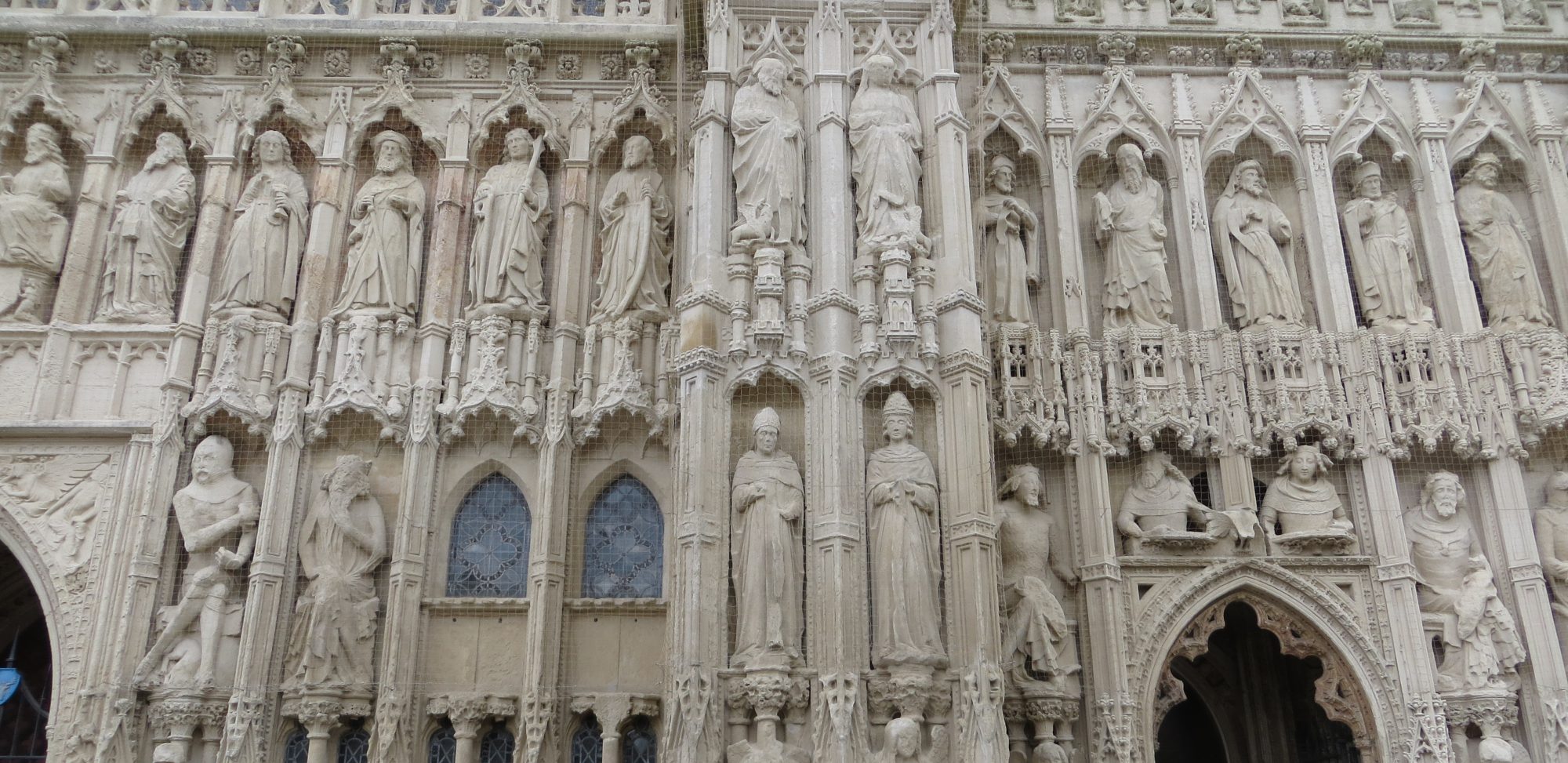
One way of looking at the present conflict within our own churches is to see it as an insistence, on the part of the various players, to heal that sickness and to rewrite the plot of the drama of which they are parts so as to exclude the length and detail of its anguished elaboration. In contrast, the history of the Church, which is the history of the Lord writ small and long, proclaims: It is for the sake of charity that we suffer our disagreements; it is for the sake of truth that we love the liar; it is for the sake of the bride that it receive as her gift her beloved’s body as her own. The irony of Christian patience is that it is an eternal hastening into the midst of this story, rather than one that hurries to break out of it. And we are perhaps called to judge our practical reactions to the array of our ecclesial anxieties – over incompetent and unfaithful bishops, over corrupted prayers and unjust stewards, over shallow understandings and venal missions, over uncaring guardians and unheeding tenants – judge them according to the standard of such a passion.
No clear directives emerge from such a judgment. Those who wish to know if they must follow this line, or resist along that, or compromise upon this other, are given no certainties in their choices simply because they subject themselves to the scriptural shape of Jesus’ life. But at least they know that they cannot run away – and because it is ultimately his life, that there is even redemption in staying put! There are not many bodies, some true and some false, some loving and some uncharitable. These are distractions from the one story, and the embrace of this story cannot sustain the parsing of proprieties that today so grips our distorted sense of integrity. Readiness for love – truth bound in unity – is a single and extended temporal exertion. It is embodied in God’s subjection to time in Christ Jesus, and the Church finds its own readiness in this form. There is no escape from this particular fate and promise. And therein are the kisses of God’s peace for his people enjoyed.
Ephraim Radner ‘The Figure of Truth and Unity’ in Hope Among the Fragments: The Broken Church and its Engagement of Scripture
